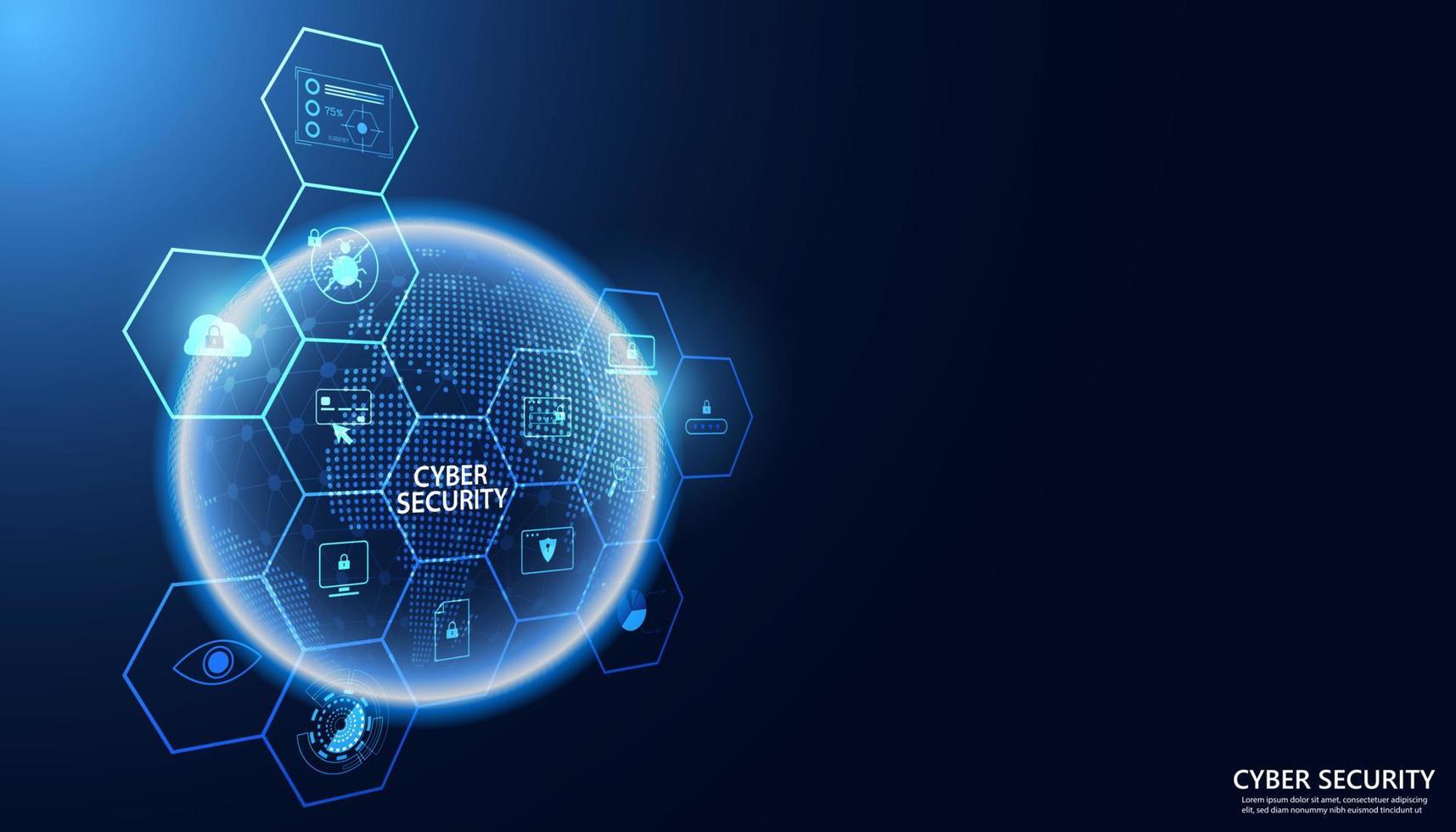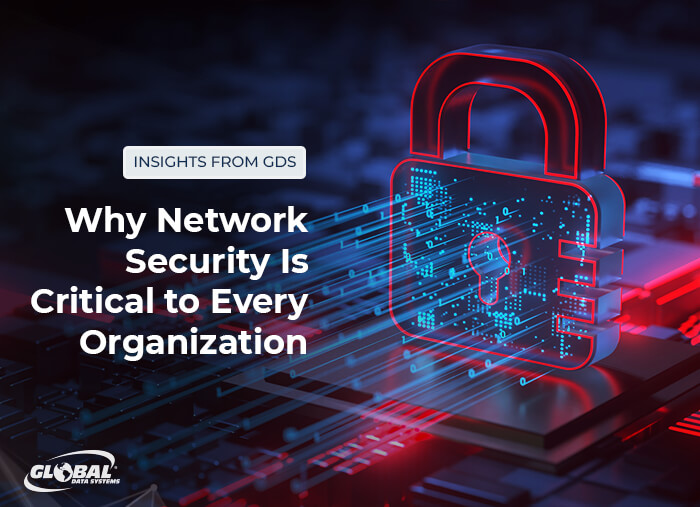How Data Cyber Security Protects Your Organization from Emerging Threats
How Data Cyber Security Protects Your Organization from Emerging Threats
Blog Article
Exactly How Data and Network Security Protects Versus Emerging Cyber Threats
In a period marked by the rapid development of cyber risks, the value of information and network safety and security has never been a lot more pronounced. As these threats come to be a lot more intricate, understanding the interaction between information safety and security and network defenses is important for alleviating dangers.
Understanding Cyber Risks

The ever-evolving nature of technology constantly presents new susceptabilities, making it imperative for stakeholders to remain attentive. People might unknowingly succumb to social engineering strategies, where assaulters manipulate them into disclosing sensitive details. Organizations face distinct obstacles, as cybercriminals often target them to manipulate valuable data or interfere with operations.
Additionally, the surge of the Internet of Points (IoT) has increased the attack surface, as interconnected tools can function as entry factors for enemies. Recognizing the importance of durable cybersecurity techniques is essential for minimizing these threats. By promoting a comprehensive understanding of cyber risks, organizations and people can apply reliable strategies to protect their digital possessions, making sure resilience in the face of a progressively complicated danger landscape.
Secret Parts of Information Security
Guaranteeing data safety and security needs a diverse method that includes different crucial parts. One basic component is information file encryption, which transforms sensitive info into an unreadable format, available only to accredited users with the appropriate decryption tricks. This functions as an essential line of defense against unapproved access.
One more crucial element is accessibility control, which regulates who can view or manipulate information. By implementing rigorous individual authentication methods and role-based accessibility controls, organizations can decrease the danger of insider threats and information breaches.

In addition, information concealing methods can be utilized to secure sensitive information while still permitting its usage in non-production atmospheres, such as testing and development. fft perimeter intrusion solutions.
Network Safety And Security Techniques
Executing robust network security strategies is necessary for securing an organization's digital framework. These approaches include a multi-layered method that includes both equipment and software application services designed to shield the stability, confidentiality, and availability of information.
One vital part of network safety is the implementation of firewalls, which function as a barrier in between relied on internal networks and untrusted exterior networks. Firewall programs can be hardware-based, software-based, or a mix of both, and they help filter inbound and outbound traffic based upon predefined security rules.
In go to website addition, invasion discovery and prevention systems (IDPS) play an essential function in keeping track of network website traffic for questionable tasks. These systems can signal administrators to potential breaches and act to alleviate threats in real-time. Routinely upgrading and patching software application is also vital, as susceptabilities can be made use of by cybercriminals.
In addition, executing Virtual Private Networks (VPNs) makes certain secure remote gain access to, securing data transferred over public networks. Segmenting networks can lower the attack surface and include possible violations, restricting their impact on the total framework. By adopting these techniques, organizations can properly strengthen their networks versus arising cyber threats.
Finest Practices for Organizations
Developing finest practices for organizations is essential in maintaining a solid protection pose. An extensive method to data and network recommended you read safety and security starts with regular danger assessments to recognize susceptabilities and prospective threats.
In addition, continuous employee training and recognition programs are necessary. Workers should be enlightened on acknowledging phishing efforts, social design techniques, and the significance of adhering to protection procedures. Regular updates and spot management for software program and systems are also essential to secure versus known susceptabilities.
Organizations must create and evaluate case reaction intends to guarantee readiness for potential violations. This includes establishing clear interaction channels and duties during a security event. Furthermore, data security should be utilized both at rest and en route to guard sensitive information.
Last but not least, conducting regular audits and compliance checks will certainly help guarantee adherence to pertinent regulations and recognized plans - fft perimeter intrusion solutions. By complying with these best methods, organizations can dramatically enhance their resilience against arising cyber risks and secure their critical assets
Future Trends in Cybersecurity
As organizations navigate a progressively complicated electronic landscape, the future of cybersecurity is positioned to evolve considerably, driven by moving and emerging innovations risk paradigms. One popular pattern is the combination of man-made knowledge (AI) and artificial intelligence (ML) right into safety structures, enabling real-time threat detection and response automation. These technologies can assess substantial quantities of data to determine anomalies and potential violations more successfully than typical approaches.
One more vital pattern is the increase of zero-trust design, which needs continuous confirmation of individual identities and tool protection, no matter their place. This approach minimizes the threat of insider threats and boosts security against exterior assaults.
Furthermore, the raising fostering of cloud services demands robust cloud security methods that deal with unique susceptabilities associated with cloud settings. As remote work becomes a long-term fixture, protecting endpoints will likewise become extremely important, causing an elevated emphasis on endpoint detection and action (EDR) solutions.
Finally, regulatory compliance will certainly continue to form cybersecurity practices, pressing companies to embrace extra strict information protection actions. Welcoming these patterns will certainly be important for companies to fortify their defenses and browse the evolving landscape of cyber risks properly.
Conclusion
In conclusion, the execution of durable data and network safety and security steps is crucial for companies to safeguard against arising cyber hazards. By using security, accessibility control, and efficient network safety and security strategies, companies can significantly minimize susceptabilities and protect delicate info.
In a period marked his comment is here by the fast advancement of cyber risks, the value of information and network safety has never been extra noticable. As these risks become a lot more intricate, understanding the interaction between data safety and network defenses is vital for mitigating dangers. Cyber hazards include a wide range of destructive tasks aimed at jeopardizing the discretion, integrity, and schedule of networks and data. An extensive strategy to data and network safety starts with normal risk analyses to recognize vulnerabilities and prospective risks.In conclusion, the implementation of durable data and network security actions is important for companies to protect versus emerging cyber risks.
Report this page